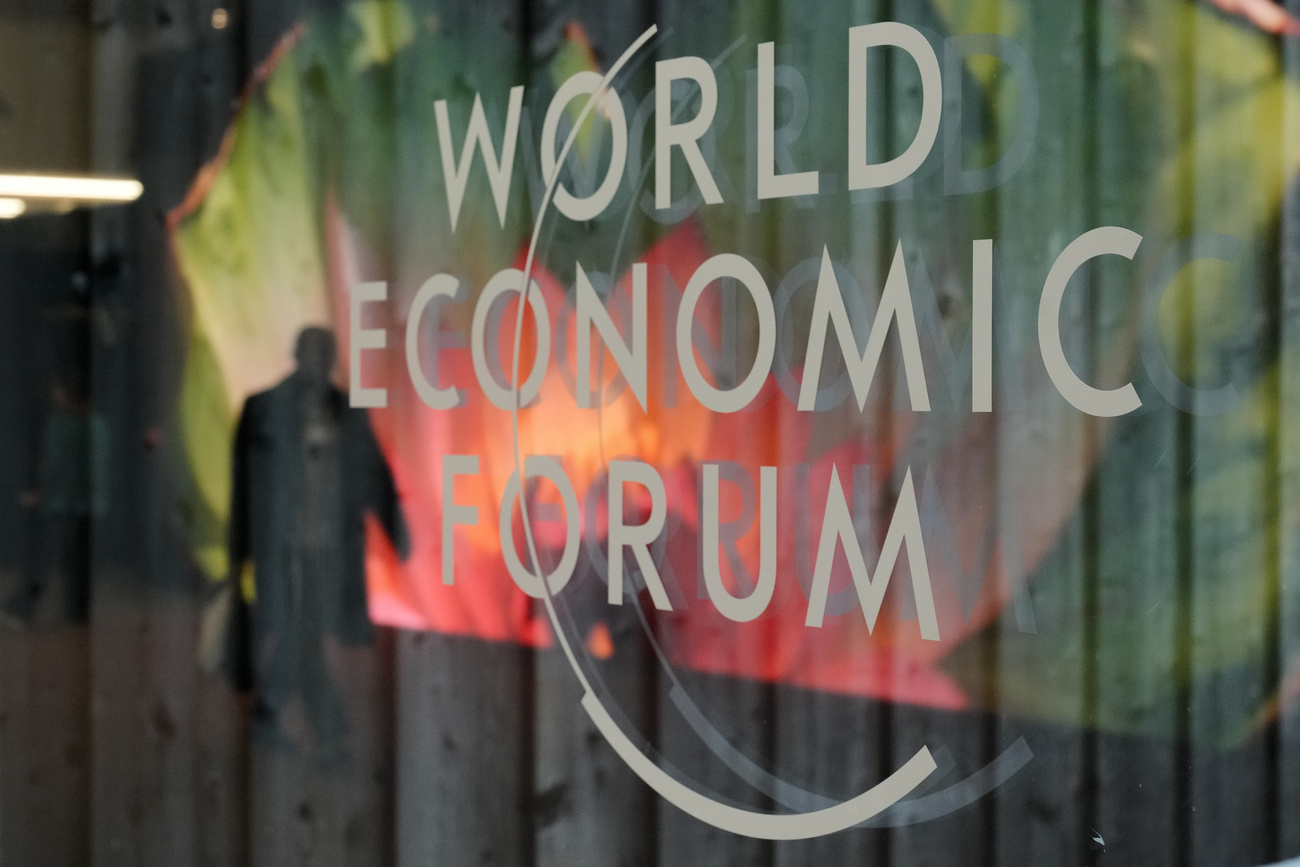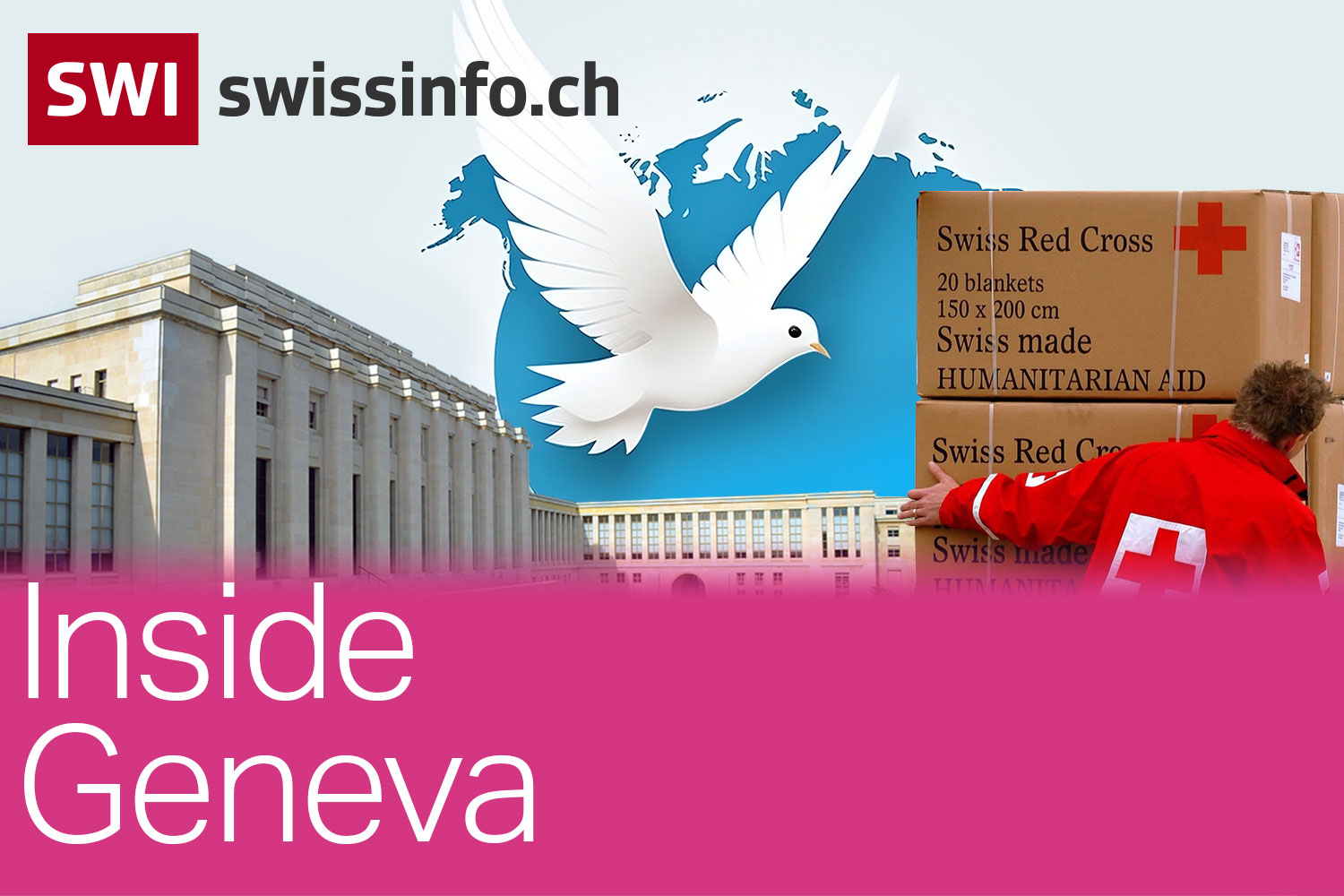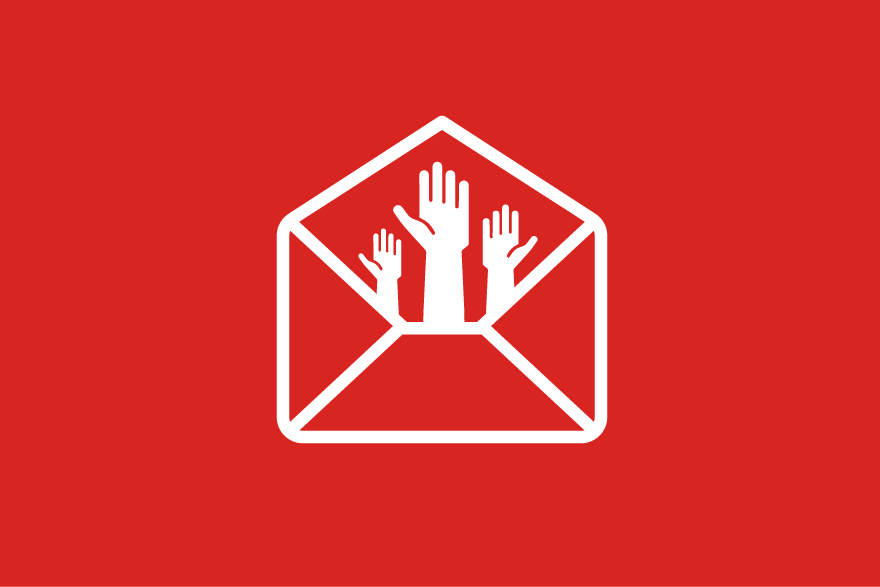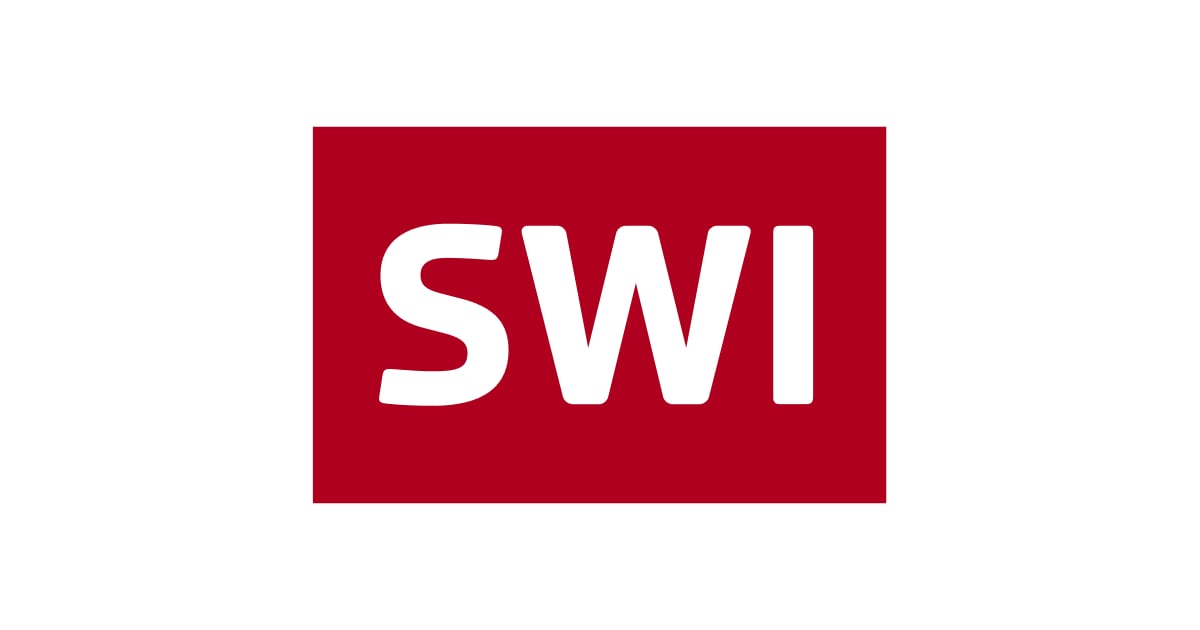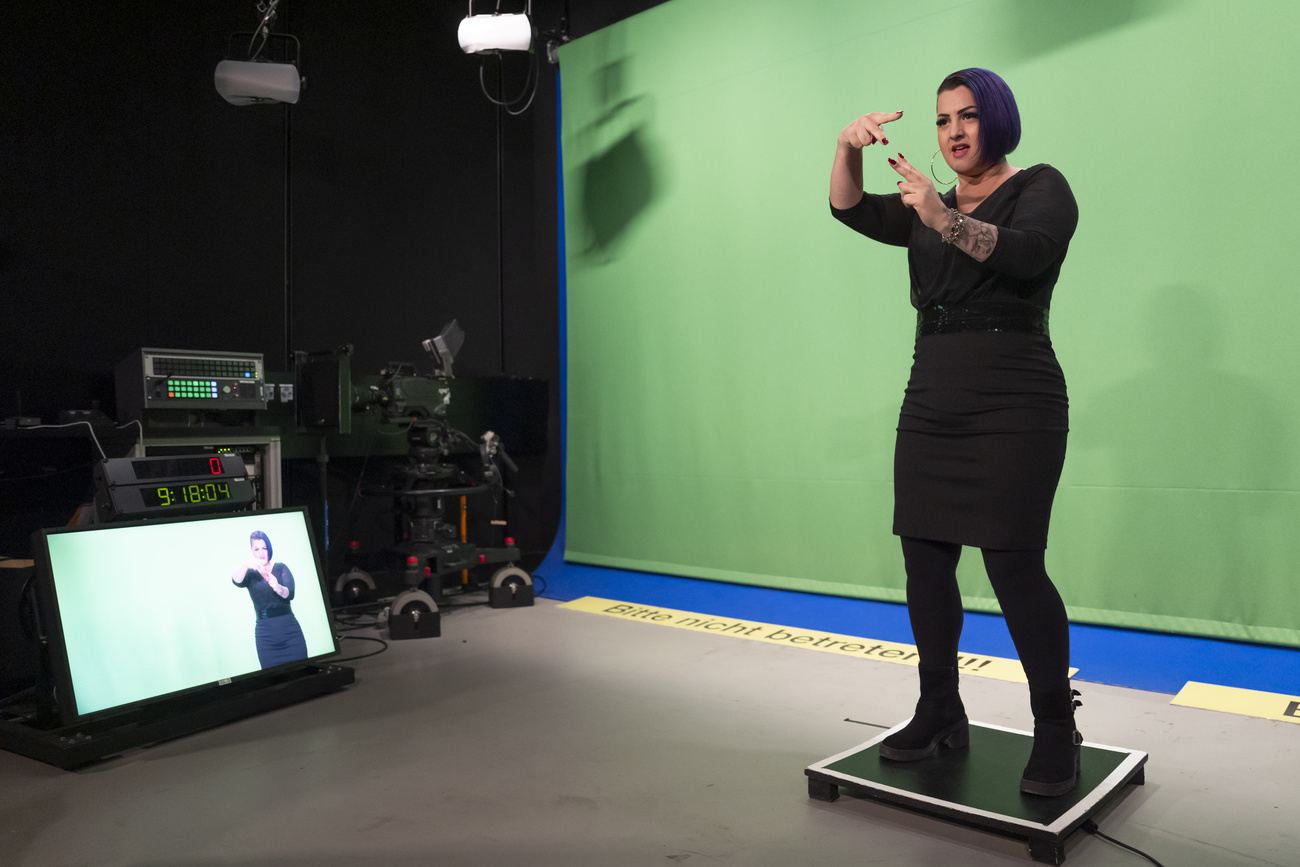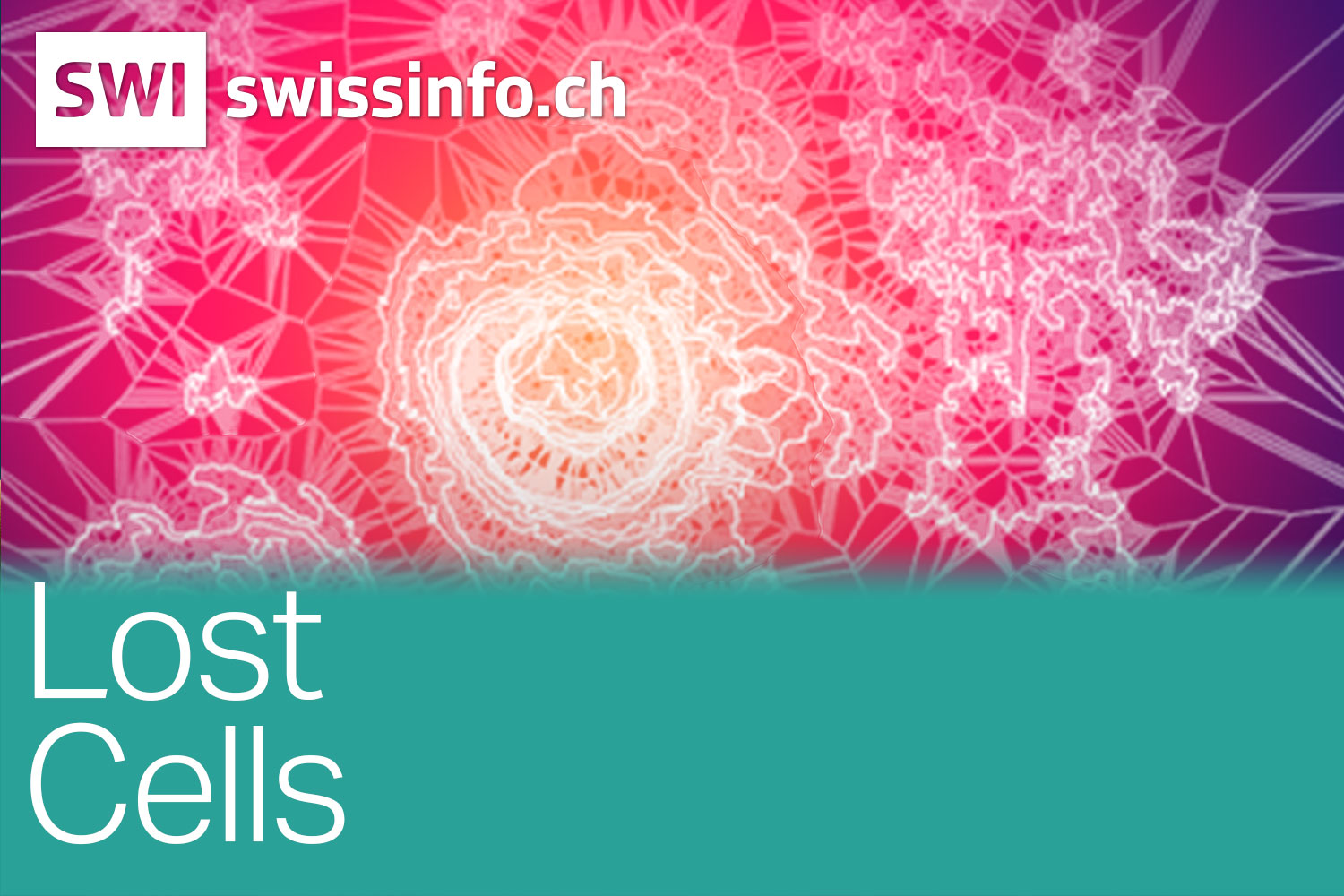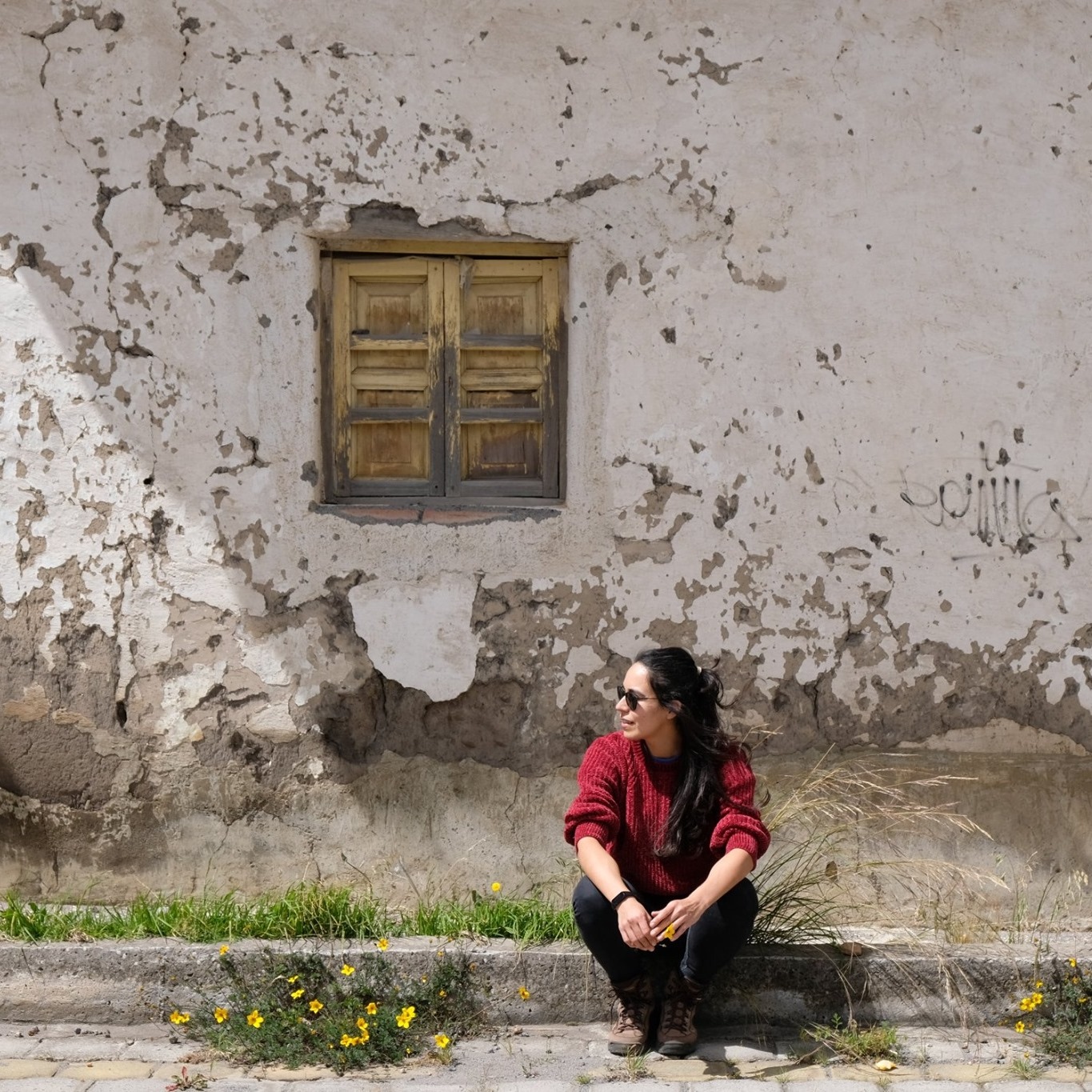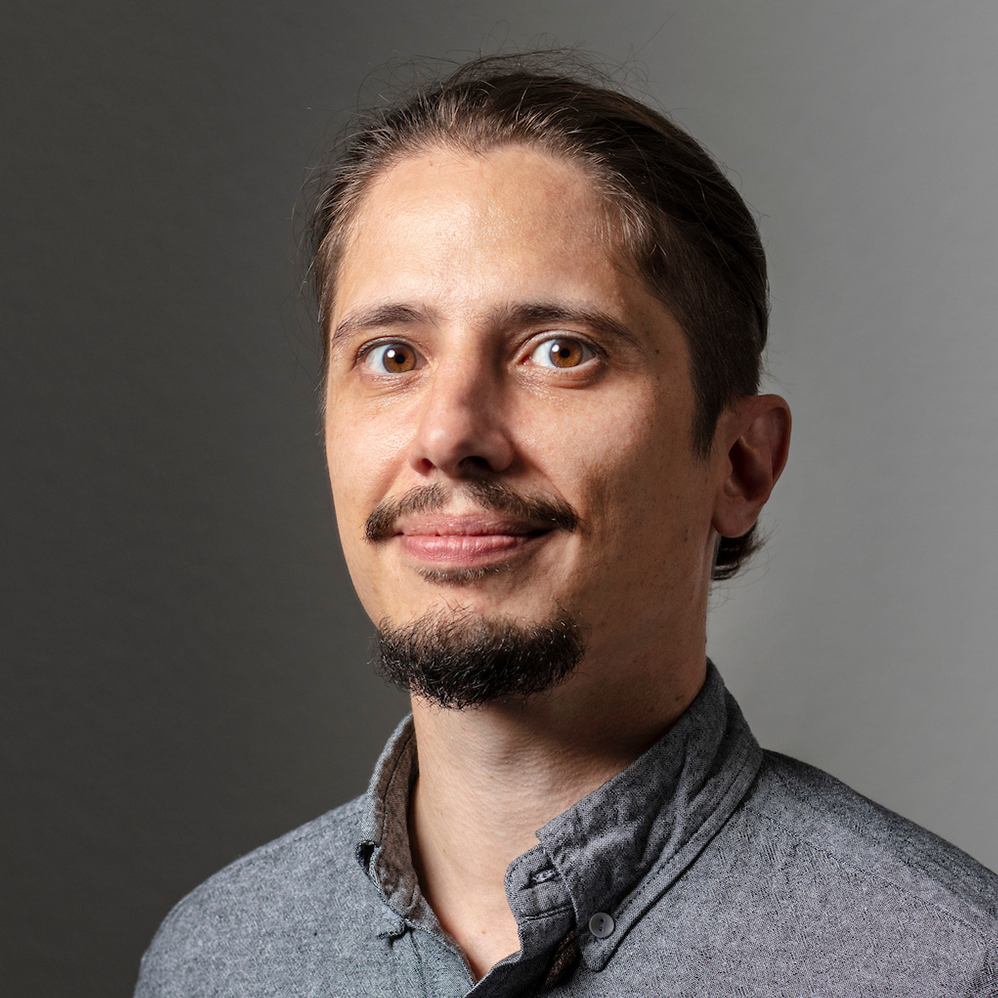

Switzerland Today
Dear Swiss Abroad,
In today’s round-up we head upwards to bring news of Europe’s highest radioactivity measuring station, as well as of mountain hiking – a pleasant activity, but a risky one if embarked upon without adequate preparation.
Mountains also loom when it comes to Swiss banknotes, as the National Bank today announced a shortlist of six designs which could adorn the notes in future. Also very high, finally, are the sums of money inherited each year in Switzerland.

The value of inherited assets this year in Switzerland is expected to top CHF100 billion (CHF125 billion) for the first time – a record. Ahead of the November vote on the “Initiative for a Future” (which proposes to tax inheritances more heavily) the Tages-Anzeiger takes stock of the situation.
People in Switzerland tend to save much more than in other countries. Meanwhile the state encourages this through things like tax breaks on contributions to the voluntary pension fund (the so-called “third pillar”). Moreover, the value of real estate and shares has climbed much more than the value of wages in recent decades. This explains the increase in inheritance volumes, which have quadrupled compared to 30 years ago.
According to inheritance expert Marius Brülhart, the average age of people when they inherit is around 60. Two-thirds of the total inheritance assets go to 10% of the heirs and the remaining 90% receive the remaining third. Going into even greater detail, 30% of assets end up in the hands of the 1% of people who inherit.
Swiss inheritance taxes, for their part, have stayed low. Federal authorities don’t impose any such duty, and even the cantons don’t derive particular benefits – most have abolished inheritance taxes for direct descendants.
A people’s initiative by the Young Socialists party now wants to tap into this wealth by taxing the portion of inheritances exceeding CHF50 million at 50% and using the proceeds to combat climate change, a proposal that is bound to spark a heated debate ahead of November 30, when it will be voted on.

Mountain hiking is one of the most popular activities in Switzerland, for residents and tourists alike. But the downside to the fun is the number of accidents, which are increasing considerably, warns SUVA, the Swiss National Accident Insurance Fund.
Between 2009 and 2013, an average of some 4,000 accidents per year occurred on hikes in the mountains; between 2019 and 2023 the figure rose to almost 9,000. Even without taking into account the pandemic – when there was a spike in activity in the mountains – numbers have almost doubled, SUVA says.
In 80% of cases, the accidents involved people who tripped, fell, slipped or took a false step. The causes were largely inadequate equipment, inexperience, inattention and the overestimation of one’s own physical fitness, SUVA explains.
Speaking to public broadcaster RTS, Lise Forster of the Swiss Alpine Rescue association emphasised the importance of preparation. A mountain hike looks simple, but this can be misleading, she said: “there are no absolute rules, but planning, asking the right questions, and consulting the weather forecast are all essential before setting off”.

The highest radioactivity measuring station in Europe has been inaugurated on the Jungfraujoch, on the border between cantons Bern and Valais.
The Federal Office of Public Health (FOPH) – mandated to monitor radioactivity levels in the environment – explains that due to its exceptional location, the Jungfraujoch station has joined the European measuring network comprising 50 similar, highly sensitive stations.
Measurements taken at an altitude of over 3,400 metres make it possible to quickly detect traces of a nuclear event abroad before the radioactivity reaches inhabited areas and thus to apply protective measures in good time.
The new station replaces high-altitude data collection flights carried out until now by a fleet of Tiger aircraft, which will be decommissioned in 2027.

The Swiss National Bank (SNB) has unveiled a shortlist of six designs competing to adorn a future banknote series that should enter circulation at the beginning of the 2030s at the earliest.
“Switzerland and its altitudes” was the theme that competition participants had to stick to. The population was also able to give its opinion on the 12 designs ultimately submitted; over 100,000 people took part in the survey.
The winning person or team will be named in the first quarter of 2026. After that, a phase of further processing of the proposals will begin. The final design, according to the SNB, may yet differ significantly from the submitted designs and the bank’s governing council will make the final decision on how the notes will look.

In compliance with the JTI standards
More: SWI swissinfo.ch certified by the Journalism Trust Initiative
